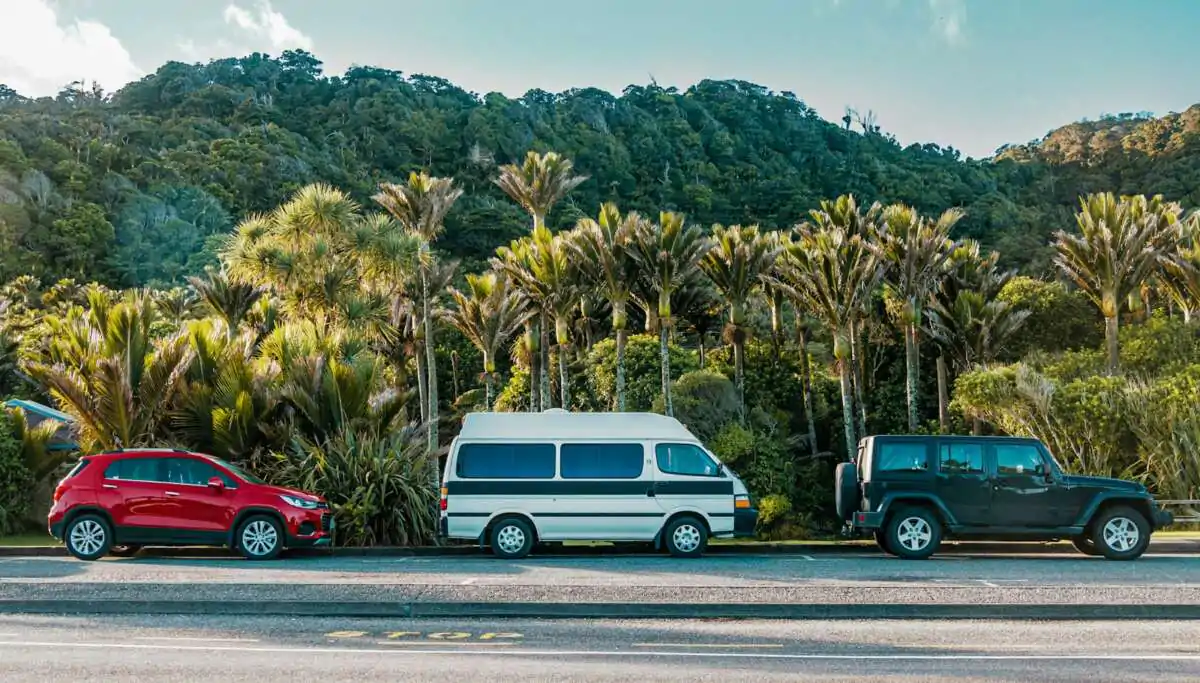Hello, young learners! Welcome back to Primary 4 Basic Science Technology. In our previous lesson, we learned about No previous lesson found.. Today, we’re going to learn about Vehicles.
Objectives
By the end of this lesson, you should be able to:
- Define vehicles.
- List examples of vehicles.
Vehicles
What are vehicles?
Vehicles are machines that transport people or goods from one place to another. They are essential for our daily lives and play a crucial role in our transportation systems.
Examples of Vehicles
Some of the most common types of vehicles include:
- Cars: These are motorized vehicles designed for personal transportation. They come in various sizes and styles, from small hatchbacks to large SUVs.
- Buses: These are larger vehicles used for public transportation, carrying many passengers at once.
- Bicycles: These are human-powered vehicles with two wheels, often used for exercise and short-distance travel.
- Trucks: These are heavy-duty vehicles used for transporting goods over long distances.
- Trains: These are rail-based vehicles that travel on tracks, often used for long-distance passenger and freight transport.
- Airplanes: These are vehicles that travel through the air, used for long-distance travel and cargo transport.
- Ships: These are water-based vehicles used for transporting goods and passengers across oceans and rivers.
Evaluation Questions
Now that you’ve learned about vehicles, let’s see if you can answer these questions:
- What is a vehicle?
- Name five types of vehicles you know.
- How are vehicles important in our daily lives?
- Can you think of any vehicles that are not motorized?
- What are some of the benefits and drawbacks of using vehicles?
Conclusion
Today, we learned about vehicles and their importance in our daily lives. We explored different types of vehicles and their uses. Remember, vehicles are essential for transportation and play a crucial role in our society. Keep exploring the world of vehicles and learn more about how they work! See you in the next lesson!









